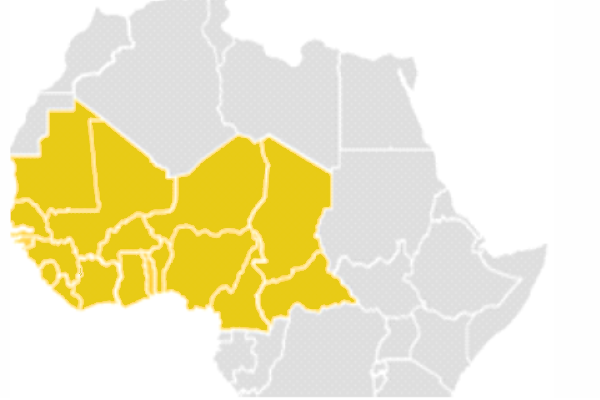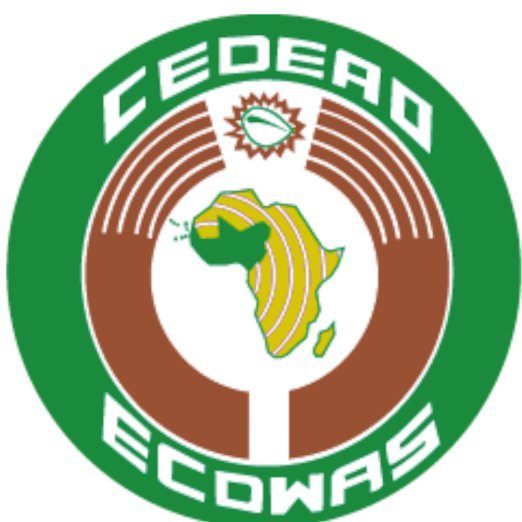About ROGEAP

GEOGRAPHICAL COVERAGE OF THE PROJECT
ROGEAP covers the 12 ECOWAS countries and 7 other countries: Benin, Cabo Verde, Côte d’Ivoire, Gambia, Ghana, Guinea, Guinea-Bissau, Liberia, Nigeria, Senegal, Sierra Leone, Togo, Burkina Faso, Cameroon, Mali, Mauritania, Niger, Central African Republic and Chad.
Of the 406 million people living in West Africa and the Sahel region, an estimated 208 million people do not have access to electricity, about 70 per cent of whom live in rural areas. Due to the strategic importance of energy in achieving sustainable development and poverty reduction in the Economic Community of West African States (ECOWAS) and the Sahel region, the ECOWAS Centre for Renewable Energy and Energy Efficiency (ECREEE) launched the Regional Off-Grid Electrification Project (ROGEAPS), in partnership with the West African Development Bank (BOAD), with the aim of increasing access to electricity for households, businesses and public institutions using modern and autonomous solar technology through a harmonized regional approach.

PROJECT BUDGET
ROGEAPS’ total budget is USD 338.70 million.
The project is funded by the World Bank, with co-financing from the Clean Technology Fund (CTF) and the Directorate General for International Cooperation (DGIS) of the Government of the Netherlands.
PROJECT OBJECTIVE
To improve access to electricity, the project aims to:
(a) identify policy barriers affecting the growth of the standalone solar PV market, sensitize government policymakers on the benefit of removing these policy barriers, and provide targeted support to remove barriers in challenging markets;
(b) assist countries in adopting common external tariffs (CETs) to facilitate cross-border trade in stand-alone solar products;
(c) develop a regional quality assurance framework to facilitate the supply of eligible stand-alone solar products in the 19 project countries;
(d) strengthen human capital and increase entrepreneurial activity by providing training to develop adequate and required skills through a structured entrepreneurship development mechanism, which will ensure reliable service to beneficiaries and create employment opportunities at local level;
(e) provide access to finance for solar companies and beneficiaries in this new sector of activity;
and (f) reduce the risk associated with the promotion of new technologies and models.
In addition, the project will have to support market studies demonstrating the opportunities and challenges presented by off-grid markets in the project countries. These studies will provide essential data to help manufacturers, distributors and retailers make informed business decisions.
The first critical area to be explored in the project’s target countries includes import tariffs, duties and other tax regimes on off-grid lighting products that affect the creation and sustainability of wider off-grid regional markets.
The second area concerns the regional quality assurance framework to facilitate the supply of eligible stand-alone solar products.
To stimulate regional demand for stand-alone solar systems, the project will inform users
Potential finals of the many benefits of high-quality off-grid solar products through consumer awareness campaigns in all 19 countries. The objective is to work to change consumer behavior towards off-grid products, their accessibility, affordability, benefits and finally increase their adoption by populations.

PROJECT STRUCTURE
THE PROJECT HAS TWO COMPONENTS: Component I and Component II
Component I : focused on developing a regional market by creating an enabling business environment and providing technical and financial capacity building support to solar entrepreneurs in the 19 project countries. ECOWAS is the implementing agency for component 1. It is subdivided into 4 sub-components including:
- Sub-component 1a: enabling environment;
- Sub-component 1b: technical support for entrepreneurship;
- Sub-component 1c: financial support for entrepreneurship;
- Sub-component 1d: removal of identified barriers for difficult markets.
- Sub-component 2a: Line of credit for stand-alone solar system companies.
- and Sub-component 2b: Contingency Subsidy Facility for Enterprises.

